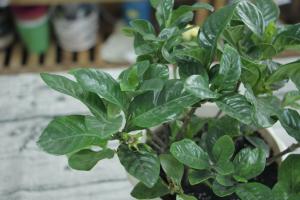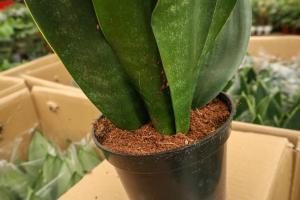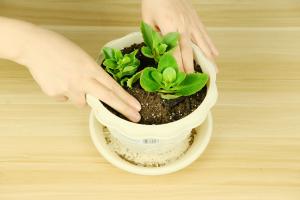The Concept of Annual Plants
Annual plants, also known as annuals, are plants that complete their life cycle in one growing season. They germinate, mature, flower, set seed and die, all in the same year. These types of plants are usually herbaceous, meaning they lack woody stems, and are typically quick-growing with a relatively short lifespan compared to perennial plants.
Characteristics of Annual Plants
Annual plants have some unique characteristics that set them apart from other types of plants. Firstly, they have a short lifespan and typically only live for one growing season. This is because they put all their energy into producing seeds rather than investing in a long lifespan. Secondly, annuals typically grow quickly and are adaptable to a range of environmental conditions. This is because they need to grow and reproduce as quickly as possible to maximize their chances of survival before they die. Lastly, annual plants tend to produce an abundance of seeds, which are typically dispersed over a wide area to increase their chances of germinating and growing.
Examples of Annual Plants
There are many different types of annual plants, each with their own unique characteristics and growing requirements. Some examples of annual plants include sunflowers, marigolds, petunias, and zinnias. These plants are commonly grown in gardens and can be used as borders, bedding plants, or in containers. Annual plants also include crops like tomatoes, corn, and lettuce, which are grown for their edible fruits or leaves.
The Benefits of Annual Plants
While annual plants have a short lifespan, they offer many benefits to gardeners and farmers. For gardeners, annuals provide a burst of color and texture to gardens and can be used to create striking displays. They also offer flexibility in garden design, as annuals can be easily added or removed from a garden each year. For farmers, annual crops provide a valuable source of food and income. They can be grown in large quantities and harvested within a single growing season, allowing farmers to maximize their yield and profits.
Caring for Annual Plants
Annual plants require some care to ensure they grow and flower as expected. They typically require regular watering, especially during hot and dry spells. It is also important to fertilize annual plants regularly to ensure they have the nutrients they need to grow and produce flowers or fruits. Deadheading, or removing spent flowers, can help encourage annual plants to produce more flowers and extend their blooming period. Additionally, some annual plants may require staking or pruning to keep them from becoming too leggy or sprawling.
In Conclusion
Annual plants are an important part of gardening and agriculture, offering a burst of color and abundant produce within a single growing season. These types of plants are quick-growing, adaptable, and offer many benefits to those who grow them. By caring for annuals properly, gardeners and farmers alike can enjoy their beauty and reap their rewards.

 how many times do yo...
how many times do yo... how many planted tre...
how many planted tre... how many pine trees ...
how many pine trees ... how many pecan trees...
how many pecan trees... how many plants comp...
how many plants comp... how many plants can ...
how many plants can ... how many plants and ...
how many plants and ... how many pepper plan...
how many pepper plan...
































